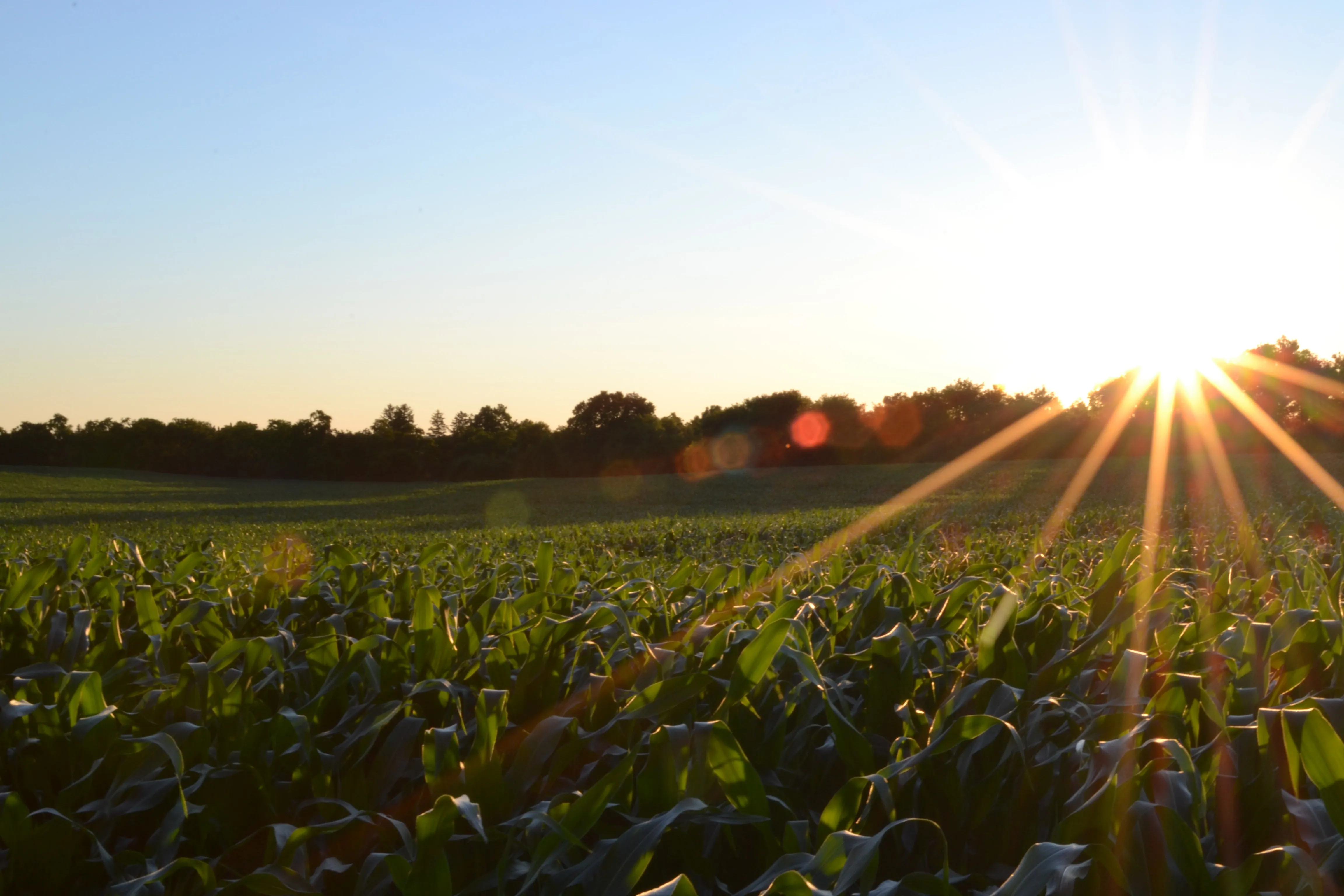The Economic Aspects of No-Till Agriculture
"Explore the financial side of sustainable farming in 'The Economic Aspects of No-Till Agriculture' with Vriksha Farms. This blog post sheds light on the cost-effectiveness and long-term economic benefits of adopting no-till farming methods. Understand how no-till practices contribute to soil health and environmental sustainability while also offering financial advantages. Learn about the tools and strategies that make no-till agriculture a viable and profitable option for farmers, paving the way for more sustainable and economically sound farming practices."

Introduction
In the realm of modern agriculture, no-till farming is increasingly recognized not just for its environmental benefits, but also for its economic advantages. Vriksha Farms, a leader in managed farmland development, advocates for no-till farming as part of its commitment to responsible agroforestry and sustainable living. This approach aligns with their business model, which emphasizes offering customers investment opportunities in farmland with the promise of both short-term and long-term returns. This blog post explores the economic aspects of no-till agriculture, highlighting how it can be a financially viable option for farmers and investors alike.
Cost Reduction in Farm Operations
- Lower Input Costs
No-till farming reduces the need for heavy machinery and fuel, as it eliminates the traditional tilling process. This leads to significant savings in operational costs.
- Decreased Labor Costs
By simplifying the planting process, no-till farming can also reduce the labor required for farm operations, further cutting down expenses.
Enhanced Soil Fertility and Yield
- Long-Term Soil Health
No-till farming improves soil structure and fertility over time. Healthier soil can lead to increased crop yields, enhancing the farm's productivity and profitability.
- Resilience to Environmental Variabilities
With better water retention and improved soil health, no-till farms are more resilient to environmental challenges like drought, potentially leading to more consistent yields.
Market Opportunities
- Meeting Consumer Demand
There is a growing market for products grown using sustainable practices. No-till farming allows farmers to tap into this market, potentially fetching higher prices for their produce.
- Marketing Advantage
Farms practicing no-till agriculture can leverage their sustainable approach as a marketing advantage, appealing to consumers who are environmentally conscious.
Investment Perspective
- Attracting Eco-conscious Investors
For investors, particularly those interested in sustainable and responsible farming practices, no-till agriculture offers an attractive opportunity. Vriksha Farms caters to this segment by providing investment opportunities in farmland that employ sustainable practices.
- Long-term Financial Sustainability
Investing in no-till farming is not just environmentally responsible but also financially prudent. The method's efficiency and productivity promise a good return on investment over time.
Addressing Challenges
- Initial Transition Costs
While transitioning to no-till farming can involve some initial costs, such as purchasing specialized equipment, these are offset by the long-term financial benefits.
- Knowledge and Training
Adopting no-till farming requires knowledge and expertise. Vriksha Farms addresses this by providing support and training, ensuring successful implementation and maximization of financial benefits.
Conclusion
No-till agriculture is a financially viable and sustainable approach to farming. It offers numerous economic benefits, from reduced operational costs to improved market opportunities. Vriksha Farms, through its emphasis on sustainable living and responsible agroforestry, demonstrates how no-till farming can be a lucrative investment for both farmers and those investing in agriculture land. This method not only contributes to environmental sustainability but also ensures economic viability and long-term financial returns.
